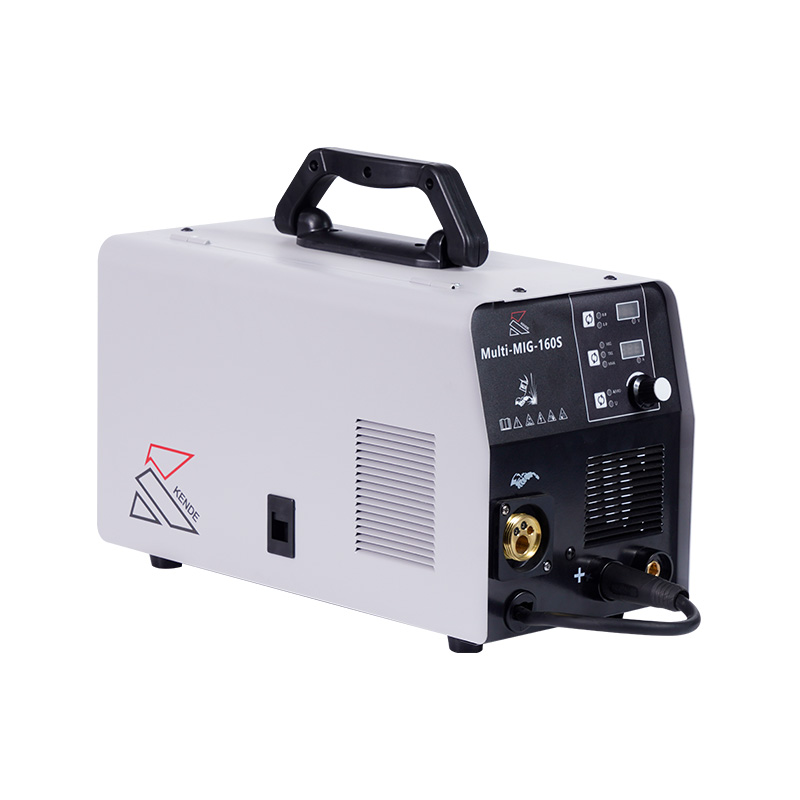The Art of Joining
At its core, welding is the process of fusing materials together, typically metals, through the application of heat, pressure, or a combination of both. Welding allows for the creation of strong, permanent connections between materials, making it an indispensable technique in construction, fabrication, and manufacturing. The skillful use of
welding equipment can result in structures that are not only functional but also aesthetically pleasing.
Diverse Applications
Welding finds applications in a wide array of industries. In construction, it is the backbone of skyscrapers, bridges, and pipelines. In the automotive industry, it ensures the structural integrity of vehicles. Aerospace relies on welding for aircraft manufacturing. Shipbuilding, infrastructure development, and even the creation of artistic sculptures all benefit from the versatility of welding equipment. The impact of welding extends far and wide, underpinning modern society as we know it.
Technology Advancements
Over the years, welding technology has evolved significantly, introducing a range of innovations that have revolutionized the industry. One such innovation is the introduction of automated welding equipment, including robotic welding systems. These systems offer precision, consistency, and improved safety, especially in high-temperature environments or when working with hazardous materials.
Laser welding, another advanced technique, utilizes high-intensity laser beams to join materials with pinpoint accuracy. This technology is highly precise and minimizes heat-affected zones, making it suitable for delicate or intricate work in industries such as electronics and medical device manufacturing.
Advancements in Materials
The field of welding has also adapted to accommodate new materials and alloys. While traditional welding techniques primarily focused on ferrous metals, modern welding equipment can handle a variety of materials, including aluminum, titanium, and even advanced composites. This flexibility is essential for industries that demand lightweight materials, corrosion resistance, and enhanced performance.
Sustainability and Efficiency
The welding industry is increasingly conscious of its environmental impact. Newer technologies, such as friction stir welding and electron beam welding, offer more sustainable and energy-efficient options. Additionally, advancements in welding consumables and protective gases reduce emissions and improve the efficiency of the welding process.
The Future of Welding
The future of welding equipment holds great promise. Industry experts are exploring applications in fields like additive manufacturing, where 3D printing technology and welding intersect to create intricate, fully functional components. Further integration of artificial intelligence and machine learning into welding equipment will improve precision and quality control.

 2023.11.03
2023.11.03
 Industry News
Industry News
